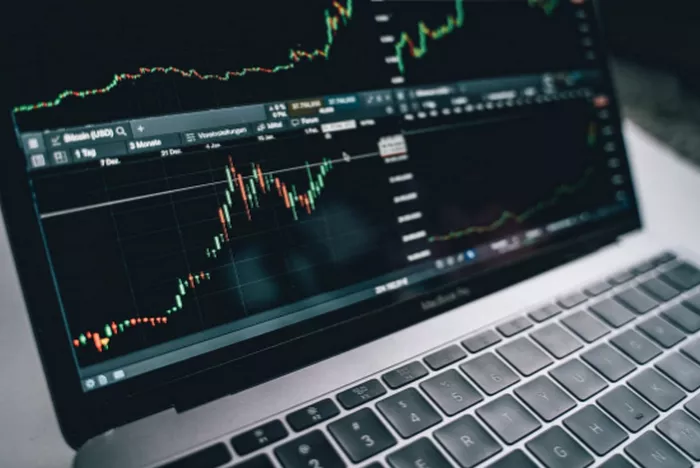As a popular commission-free trading platform, Robinhood has gained widespread attention for its user-friendly interface and accessibility to retail investors. While traditionally known for stock and options trading, Robinhood also offers futures trading, allowing users to access a diverse range of financial instruments to speculate on or hedge against future price movements. In this article, we provide a comprehensive guide on how to buy futures on Robinhood, exploring the process, considerations, and implications for investors.
Understanding Futures Trading on Robinhood
Futures trading on Robinhood provides users with the opportunity to trade futures contracts on various asset classes, including commodities, currencies, stock indices, and interest rates. Futures contracts are derivative financial instruments that obligate the buyer to purchase or sell an underlying asset at a predetermined price on a specified future date. Unlike stocks or ETFs, futures contracts have expiration dates and require users to monitor their positions closely to avoid delivery obligations.
Steps to Buy Futures on Robinhood
1. Account Verification: Before you can start trading futures on Robinhood, you need to have a verified Robinhood brokerage account. If you’re new to Robinhood, you’ll need to sign up for an account and complete the verification process, which typically involves providing personal information, verifying your identity, and linking a bank account.
2. Enable Futures Trading: Once your Robinhood account is verified, you’ll need to enable futures trading within the app. To do this, navigate to the “Settings” section of the app, select “Options & Crypto,” and toggle the switch to enable futures trading. You may need to answer a few questions and acknowledge the risks associated with futures trading before proceeding.
3. Fund Your Account: Before you can buy futures contracts on Robinhood, you’ll need to fund your brokerage account. You can deposit funds into your Robinhood account using various methods, including bank transfers, wire transfers, or transferring funds from an existing brokerage account.
4. Research and Analysis: Before placing any trades, it’s essential to conduct thorough research and analysis to identify potential trading opportunities and develop a trading strategy. Evaluate market trends, economic indicators, and news events that may impact the price of the futures contracts you’re interested in trading.
5. Place a Futures Order: Once you’ve identified a futures contract you want to trade, you can place an order using the Robinhood app. Navigate to the “Markets” tab, select the futures contract you want to trade, and tap on the “Trade” button. Enter the quantity you wish to trade, specify whether you want to buy or sell, and select the order type (market order or limit order).
6. Monitor Your Position: After placing a futures order, it’s essential to monitor your position closely, especially as the expiration date approaches. Futures contracts have expiration dates, and you’ll need to either close out your position before the expiration date or roll over your contract to a later expiration date if you wish to maintain your position.
Considerations for Buying Futures on Robinhood
1. Risk Management: Futures trading involves significant risks, including the potential for substantial losses. Before buying futures on Robinhood, it’s essential to understand the risks associated with futures trading, including leverage, market volatility, and the potential for rapid price movements.
2. Education and Research: To succeed in futures trading, it’s crucial to educate yourself about the futures market, understand how futures contracts work, and stay informed about market trends and developments. Take advantage of educational resources, research tools, and market analysis available on the Robinhood app to enhance your trading knowledge.
3. Start Small: If you’re new to futures trading, consider starting with a small investment and gradually increasing your position size as you gain experience and confidence. Avoid over-leveraging your trades and risking more than you can afford to lose.
4. Diversification: As with any investment strategy, diversification is essential for managing risk and maximizing returns. Consider diversifying your futures trading portfolio by trading contracts across different asset classes, industries, and geographic regions.
5. Risk Management: Implement risk management strategies, such as setting stop-loss orders and position limits, to protect your capital and minimize potential losses. Be disciplined in adhering to your trading plan and avoid chasing losses or making impulsive trading decisions.
Conclusion
In conclusion, buying futures on Robinhood can provide retail investors with access to a wide range of trading opportunities across various asset classes. By following the steps outlined in this guide and considering the important considerations for futures trading, investors can navigate the futures market effectively and potentially achieve their financial goals. However, it’s essential to approach futures trading with caution, educate yourself about the risks involved, and develop a disciplined trading strategy to succeed in the highly competitive futures market.


